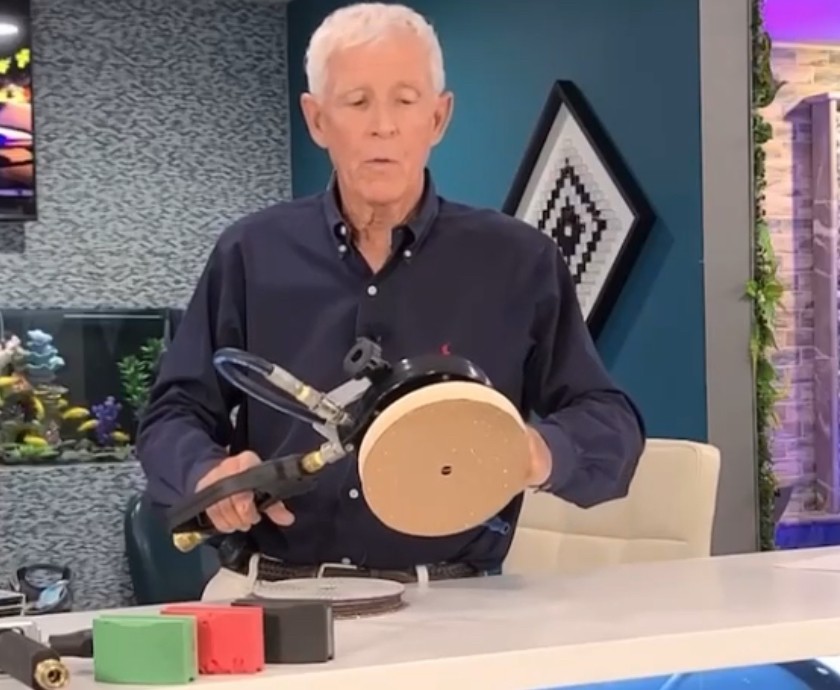Blog
“Understanding Pool Plaster Damage and why Polishing is a smart solution”

Pool plaster is designed to be durable and beautiful, but over time, it can develop issues that affect both appearance and performance. Here are some of the most typical problems pool owners and professionals face—and why polishing is a great solution.
1. Overexposure
Overexposure can happen in two main ways. One is when plaster is left uncovered during construction or drained pool work. Sunlight, wind, and heat dry it too quickly, leading to uneven color, surface cracks, or rough textures.
Another frequent cause is the improper use of muriatic acid during the process of exposing aggregate finishes. Heavy or incorrect acid application can quickly dissolve the cement paste that surrounds the quartz, marble, or pebble particles. This leaves the aggregate sticking out prematurely and often unevenly, resulting in rough textures and weakened plaster. It can also cause uneven discoloration, as acid attacks thinner or more porous areas of the surface, creating spots, streaks, and rough patches.
➡ Solution: Light surface polishing can help smooth out texture and improve uniformity, saving the plaster from full replacement. Specialized polishing removes the damaged top layer in a controlled way, restoring smoothness and visual appeal.
2. Etching
Etching creates rough spots, pits, or discoloration in plaster. This often results from aggressive water chemistry—like low pH or low calcium levels—that dissolves the plaster’s surface.
➡ Solution: Polishing removes the damaged top layer and restores a smoother finish, extending the plaster’s life.
3. Scale Buildup
Scale appears as white, chalky deposits caused by high calcium hardness, high pH, or evaporation. It makes surfaces feel rough and looks unsightly, especially along the waterline.
➡ Solution: Professional polishing equipment can remove scale efficiently without damaging the underlying plaster.
4. Surface Degradation
Aging plaster can become porous, stained, or rough over time. Chemicals, heavy use, and environmental factors contribute to this gradual wear.
➡ Solution: Polishing refreshes the surface, reducing roughness and helping delay costly replastering.
Polishing: A Smart Alternative
Instead of resorting to complete pool resurfacing, polishing is an effective way to restore smoothness, improve appearance, and extend the life of pool plaster. At Coyote, we provide high-performance polishing tools designed to help contractors and pool owners tackle these issues quickly and cost-effectively.
Keep your pool looking and feeling like new—polish your profits with Coyote.
